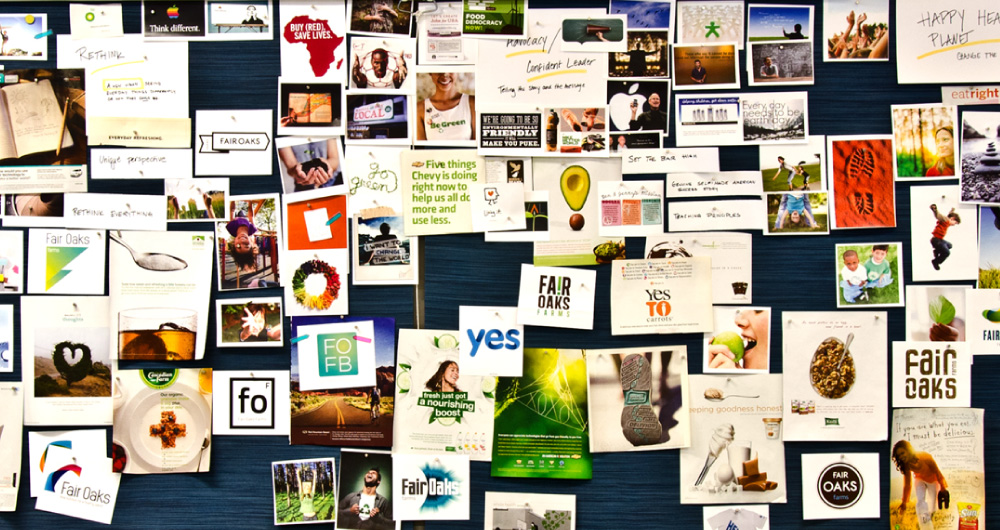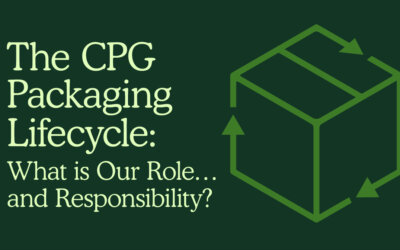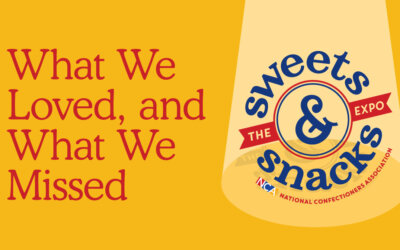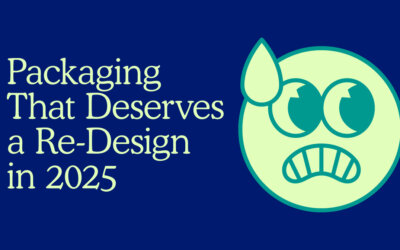Strategy
How To Make Better Decisions For Your Brand

Melissa Simmerman
Director, Strategy
September 6, 2023
Whenever we tell the story of our partnership with Fairlife—back when it was an emerging startup and before it was acquired by Coca-Cola—there is one anecdote that never fails to shock a roomful of people. It’s the part when our client stakeholder, a former CPG beverage executive, decides to chuck the consumer validation research and go with his gut.
How often have you wanted to do this? Who among us has the guts to disregard data, when sales and forecasts and suppliers and shelf space and jobs etc. etc. are on the line? Many of us aren’t in a position to do it professionally, and even in our personal lives, it can be terrifying to act on our instincts. (Serial entrepreneurs, this article isn’t really for you. We simply cannot relate to your bravery.) But consider what’s on the other side of that fear.
Fairlife is now a billion-dollar brand.

Consumer feedback is just one input in a larger dataset
Let’s be clear: the voice of the consumer will ALWAYS matter. After decades spent building brands, we believe the most meaningful insights come from listening to people, and we’ll advocate for qualitative research like in-person ethnographies, IDIs, and shopalongs, as well as quantitative research that can help us optimize packaging design.
But consumers—even when recruited, chosen, and grouped according to a specific set of criteria—are not a monolith. Each person’s individual experiences, motivations, history, and choices are uniquely their own. While what we hear from them can and does have implications on our creative brand solutions, we must remember there is no one-size-fits-all answer for anything. Their opinions, comments, eye tracking, and processing of our strategic or design work are just inputs in a larger soup of ingredients that help us make smart decisions.
We want to hear their voices. But others matter, too.
Fine tune your strategic decision-making filters
As in your personal life, making decisions for the good of your brand relies on more than just outside feedback. (All the well-meaning advice in the world may still not be right for your unique situation, after all.) Your career experience and, yep, your gut, have powerful roles to play. Sometimes, you just know something is not working, even if you don’t know quite why. That’s knowledge you can’t afford to ignore.
For everything else, there is your brand foundation. You, your team, and most likely your predecessors worked hard on a brand mission, vision, values, and architecture (along with any number of other brand tools, like an archetype, purpose pyramid, or brand personality) for a reason. Those are your filters. They are your True North. Your non-negotiables. If they still resonate with and inspire internal teams, as well as help you deliver value to your target audiences, they’ll never let you down. (If they don’t, we’d love to talk!)
Consumer insights + team experience + brand foundation. This is the holy trinity of good decision-making.
But remember our Fairlife partner. How do you know when to reject one (or more) of these inputs—and if you do, how can you be sure you aren’t lighting the match that will burn the whole project down?
5 critical questions for brand teams
Short answer: you can’t. Life and branding don’t offer guarantees. But you can ask yourself these 5 questions before you embark on a bold path of fearless (yet informed) decision-making.
1. Are we too close to this?
We hear this a lot from clients, and we ask it of ourselves, too. If you’re plagued by indecisiveness, perhaps it’s time for a new perspective. This may mean more (or less) research or guidance from someone who works in a different part of your organization and, crucially, your agency partners. Who can you talk to who’s been through something similar? What industry sources can you rely on? Can you take everyone to Great America and forget about it for a day? Step away, then come back with fresh eyes.
2. Are we thinking too much about what our competition is doing?
You probably know everything about them. And you need to forget all of it, for the moment. Remember, they’re watching you, too. Better to make them say “Why didn’t we think of that?” than to worry about whatever decisions they’re making. Stay focused on what’s in front of you—not what’s happening on either side.
3. Are we acting from a place of fear?
There is healthy fear, and there is unhealthy fear. Healthy fear is what protects you from wild animals. Unhealthy fear is what holds you back from dare-to-be-great situations. Some of the most talked-about brands today—Liquid Death, Prime—are basically jumping out of a plane without a parachute, and consumers are catching them.
4. Will this decision push us to a new, better place?
This inquiry will not apply to every brand decision you make. But for those that feel particularly risky, it’s worth investigating what you’re really trying to do. Sometimes, following a proven path is the right choice, but rarely does it lead to brand breakthroughs. It’s not just about how consumers will perceive you, either; it might be about giving internal teams the freedom to realize a crazy brilliant idea. Finally, before you take that risk, ask question #5…
5. Are we willing to accept the consequences of whatever decision we make?
Accountability is cultural and it has trickle-down effects. Own your and your team’s choices. Good managers won’t punish you for a “mistake;” they’ll ask what, collectively, was learned and how to get better from it. If you’ve assessed all your data inputs, leaned on your background, allowed teammates to offer agreement and dissent in equal measure, and recognized your consumers for the real people they are, you’ve done the best you can.
In our experience, your brand will be better for it.
More Insights
The CPG Packaging Lifecycle: What is Our Role…and Responsibility?
How would packaging design change if we cared as much about its afterlife as we do its shelf impact? How can we apply creativity, insight, and practicality to every stage of a package’s lifecycle? And what might we discover when we follow our designs beyond the shelf and into the systems that give them a second life?
What we Loved, and What we Missed at Sweets and Snacks 2025
At Sweets & Snacks 2025, flavor innovation stole the show, but something was missing. While branding dazzled, structural packaging design barely made a ripple. We’re diving into why that matters and where brands could be pushing the boundaries. Curious what was overlooked? Let’s unpack it.
It’s 2025. This CPG Packaging Deserves a Re-Design
From impossible-to-open seals to wasteful single-use plastics, we asked our team what packaging frustrations they’d love to fix this year. The answers? Smarter resealability, better portioning, and sustainability upgrades galore. See what made the list—did your biggest packaging pet peeve make the cut?



